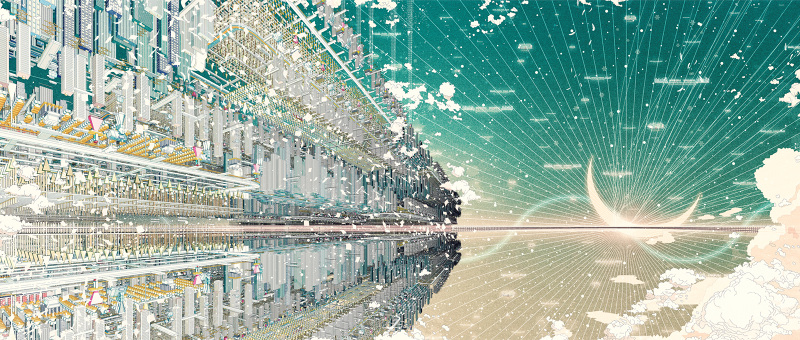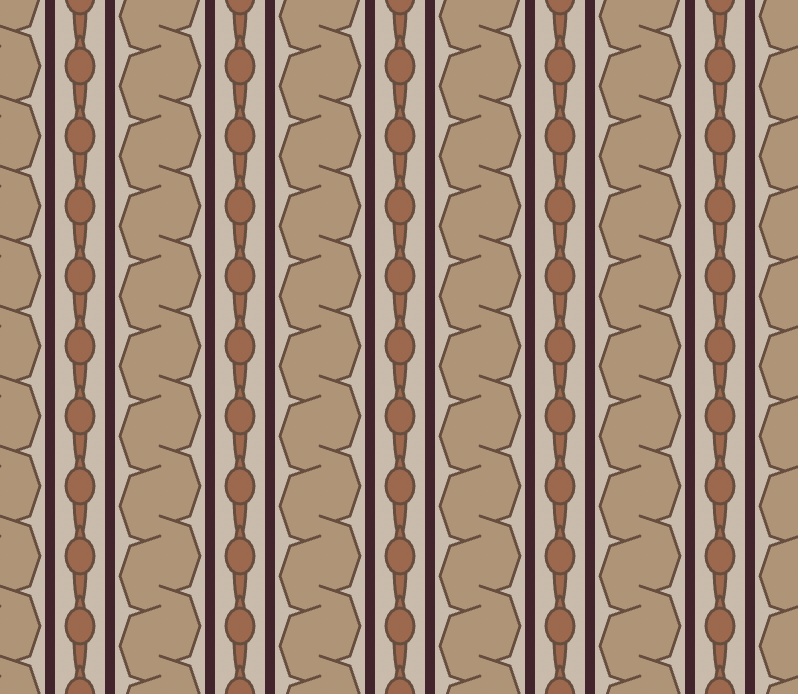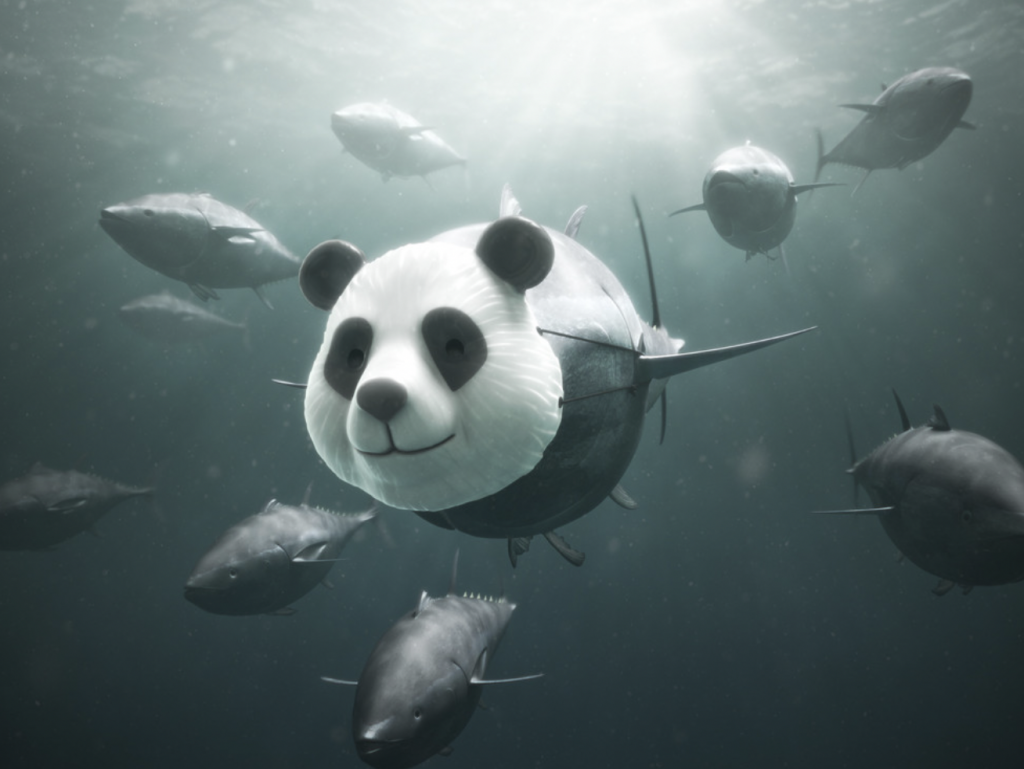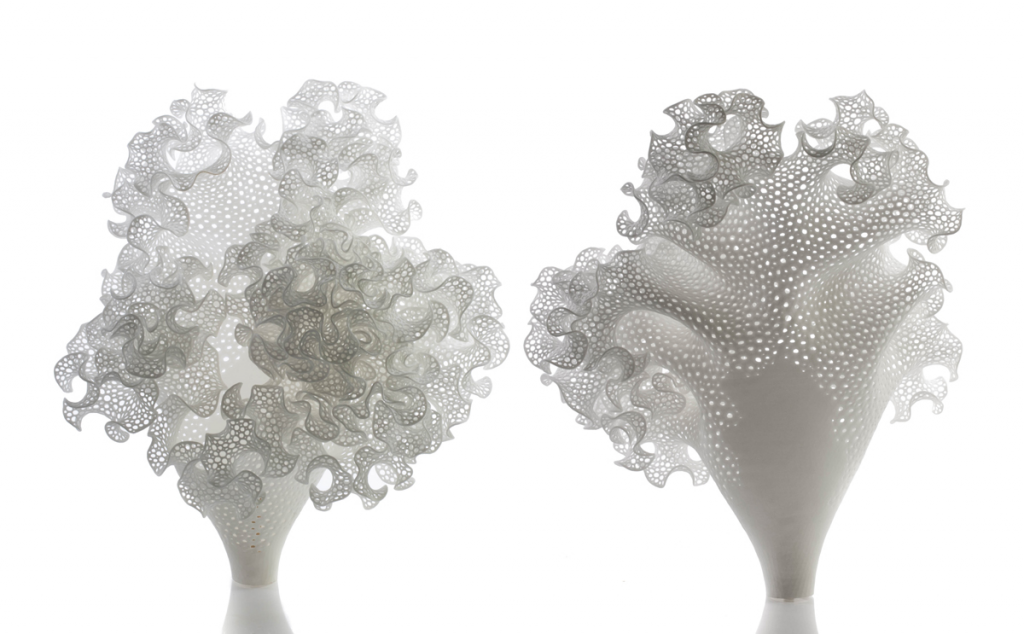sketch//Angela Yang
//Section C
function setup() {
createCanvas(600, 700);
noLoop();
//frameRate(1);
}
function draw() {
background("#ddd9c8");
scale(0.6);
for (let i = 0; i < 7; i++) {
for (let j = 0; j < 6; j++) {
switch (parseInt(random(3))) {
case 0:
mikkoflower1(190 * j, 215 * i, color(36, 28, 85));
break;
case 1:
mikkoflower2(190 * j, 215 * i, color(36, random(100), 85));
break;
case 2:
scale(1);
mikkoflower3(190 * j, 215 * i, color(36, random(100), 85));
break;
}
}
}
//Flower 1
function mikkoflower1(x, y, fillcolor) {
push();
// petals
fill("#b8172a");
translate(x, y);
noStroke();
for (let i = 0; i < 20; i++) {
ellipse(15, 10, 90, 5);
// ellipse(0, 50, 30, 60);
ellipse(0, 0, 20, 90);
scale(1.02);
rotate(radians(60));
}
// center
fill("#ddd9c8");
ellipse(1, 3, 50, 70);
ellipse(2, 5, 60, 70);
fill(fillcolor);
rect(-8, -10, 25, 25);
pop();
}
//Flower 2
function mikkoflower2(x, y, fillcolor) {
push();
// petals
fill(fillcolor);
translate(x, y);
noStroke();
for (let i = 0; i < 20; i++) {
ellipse(0, 8, 70, 10);
ellipse(20, 50, 40, 90);
ellipse(0, 0, 20, 100);
rotate(radians(150));
}
// center
fill("#ddd9c8");
ellipse(1, 3, 50, 70);
ellipse(2, 5, 60, 70);
fill(fillcolor);
ellipse(2, 5, 25, 40);
// // stem
// rotate(radians(80));
// strokeWeight(10);
// stroke(fillcolor);
// line(30, 90, 55, 150);
pop();
}
//Flower 3
function mikkoflower3(x, y, fillcolor) {
push();
// petals
fill(fillcolor);
translate(x, y);
noStroke();
for (let i = 0; i < 20; i++) {
ellipse(15, 10, 100, 80);
ellipse(0, 50, 40, 90);
ellipse(20, 0, 20, 100);
rotate(radians(230));
scale(1.01);
}
// center
fill("#ddd9c8");
ellipse(1, 3, 50, 70);
ellipse(2, 5, 60, 70);
fill(fillcolor);
ellipse(2, 5, 30, 40);
// // // stem
// rotate(radians(80));
// strokeWeight(15);
// stroke(fillcolor);
// line(30, 90, 55, 150);
pop();
}
}

![[OLD SEMESTER] 15-104 • Introduction to Computing for Creative Practice](../../../../wp-content/uploads/2023/09/stop-banner.png)




